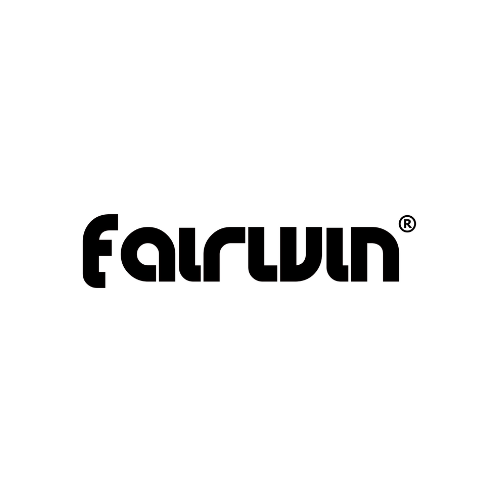
The Ultimate Guide to Belt Buckles — Types, Materials & How to Choose the Right One
Share
A belt buckle does more than hold your pants up — it’s a small but important piece of gear that affects comfort, fit, and style. Whether you’re after a sleek dress buckle for the office, a quick-release buckle for travel, or a heavy-duty tactical option for EDC, understanding buckle types helps you pick the right belt for the job. Below is a practical guide to the most common buckles, what they do, and how to choose the best option for your needs.
Why buckle choice matters
The buckle is the interface between you and your belt. A poor buckle can slip, pinch, or fail under load. The right buckle keeps fit stable, allows easy on/off, and complements your outfit — from casual jeans to a tactical setup. Keywords worth knowing: ratchet belt buckle, quick-release buckle, tactical belt buckle, dress belt buckle, and best belt buckles.
Common buckle types (and when to use them)
1. Ratchet (automatic adjustable) buckle
-
How it works: Uses a track on the belt and tiny teeth in the buckle for micro-adjustments.
-
Best for: Everyday wear, frequent tweaks after meals, and users who want a precise fit.
-
SEO note: The ratchet belt buckle is a top choice for modern ratchet belts for men because it eliminates holes and reduces wear.
2. Quick-release / one-touch buckle
-
How it works: A single action releases the latch for fast removal.
-
Best for: Travel, airport security, and anyone who needs fast on/off.
-
SEO note: A quick-release buckle pairs well with EDC belts and is often found on tactical belt models.
3. Traditional prong buckle
-
How it works: A pin fits into belt holes — timeless and simple.
-
Best for: Classic looks and dress belts.
-
SEO note: A polished dress belt buckle remains the standard for formal attire.
4. Plate & clamp (slide) buckle
-
How it works: The buckle clamps down on the strap — popular on canvas or casual belts.
-
Best for: Casual, outdoor, and military-style belts.
5. Reversible buckle
-
How it works: Rotating or sliding mechanism flips the strap for two-tone belts.
-
Best for: Maximizing versatility — two looks with one belt.
Materials & build quality to watch for
-
Stainless steel / zinc alloy: Corrosion-resistant and common for durable buckles.
-
Aluminum: Lightweight and strong — often used in performance buckles.
-
Brass / plated metals: Good for dress buckles with a premium finish.
-
Reinforced polymer: Lightweight tactical buckles can use engineered plastics with metal inserts.
For tactical belt buckles and ratchet gun belt setups, choose metal buckles with tested locking strength and solid machining. For dress occasions, look for smooth finishes and low-profile designs.
How to choose the right buckle
-
Purpose first: Daily casual → ratchet or clamp. Formal → prong or polished plate. Tactical/EDC → rugged quick-release or heavy ratchet.
-
Fit & width: Match buckle size to belt width (common: 1.25"–1.5" for casual, 1.5"–2" for tactical).
-
Load capacity: If you carry gear or a holster, pick a tested tactical belt buckle that won’t slip.
-
Profile: Low-profile buckles hide under jackets; larger buckles make a style statement.
-
Maintenance: Simple mechanisms (ratchet/alloy) need less upkeep; keep moving parts clean and occasionally lubricated.
Care tips
-
Wipe metal buckles with a soft cloth to remove sweat and dirt.
-
Avoid harsh cleaners on plated finishes.
-
Keep ratchet tracks free of grit — compressed air or a soft brush works wonders.
-
Test quick-release mechanisms regularly to ensure reliable operation.
Final thoughts
Buckle choice is a small detail that delivers big benefits: better fit, less fuss, and longer belt life. Whether you opt for a precise ratchet belt buckle, a fast quick-release buckle, or a classic dress belt buckle, pick a design and material that match how you live and what you carry. The right buckle will keep you comfortable, confident, and ready to go — every day.

